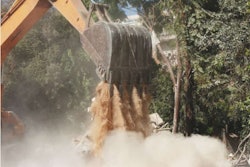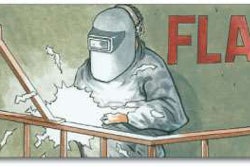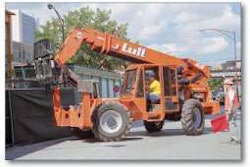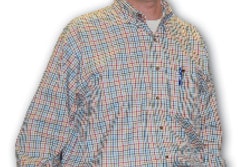Up in the air
Construction falls are all too common – and all too deadly.
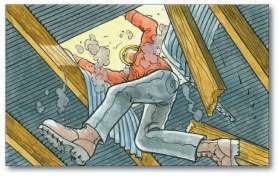
The bottom line: A post-accident investigation determined the workers used no safety harnesses or other fall protection equipment. Furthermore, crew members said they had no training in either fall prevention or working at heights above ground level.
Know the system
Falls are the leading cause of fatalities in the construction industry. According to the U. S. Bureau of Labor Statistics, 34 percent of the construction fatalities that occurred in 2008 were caused by falls. Because of the risks involved, OSHA requires your employer to provide fall protection when workers are exposed to drops of six feet or more. This protection falls into one of three categories – guard rails, safety nets and personal fall arrest systems.
The jobsite or type of work often dictates which system would be most appropriate, and each system has stringent and detailed guidelines for use. OSHA has an easy-to-navigate eTool that outlines the requirements for each type of fall protection system at http://www.osha.gov/SLTC/etools/www.construction/falls/unprotected.html. Familiarize yourself with each system’s requirements.
Thorough training
Make sure you receive the proper training if you are exposed to fall hazards. This training includes the types of fall hazards you will encounter on the jobsite, correct procedures you must know for using and maintaining the protection/prevention systems and your role in monitoring the system during use. Make sure you’re well versed in the training materials. If you use a different system on a different site, you’ll need to undergo training on the new system. All training should be done by a qualified competent person.
Take a proactive approach to protect yourself. In addition to your fall protection system, recognize that most jobsites will have openings or holes in the floor and cover them. When covering holes, ensure the covers support two times the weight of anything placed on them, including workers, machines, light equipment and construction materials. EW
Information for this Safety Watch came from an accident report, the Bureau of Labor Statistics’ Census of Fatal Occupational Injuries and OSHA. It is meant for general information only.

